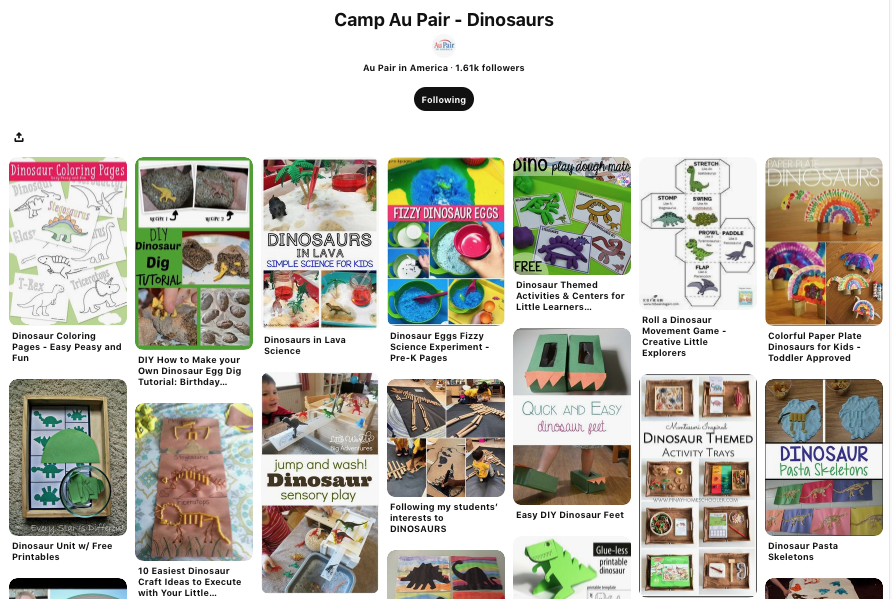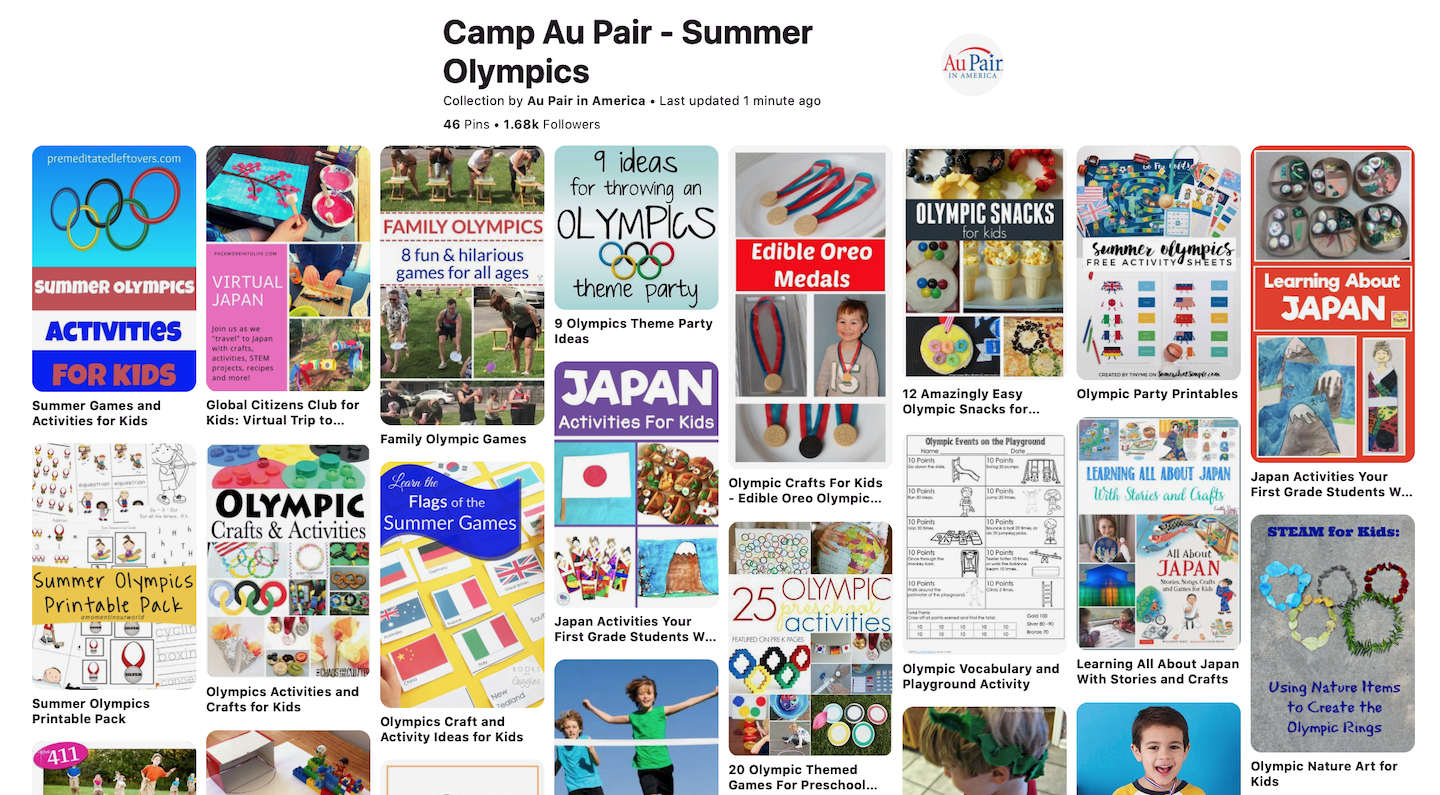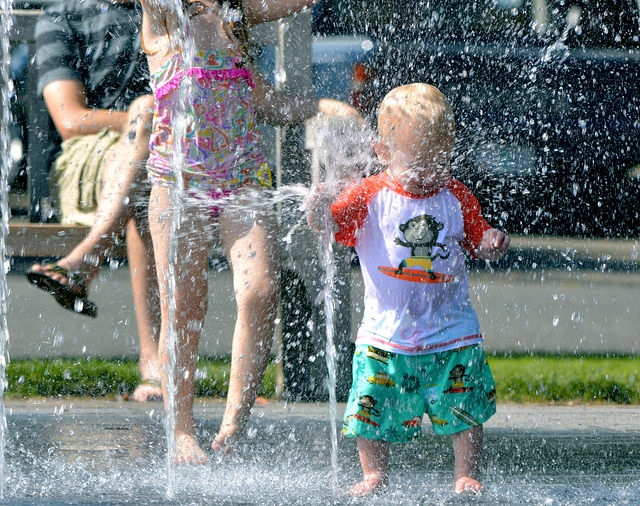 As the weather warms, it is likely that you will be spending more time outside. Outdoor play is important for children – to move their large muscles, enjoy the fresh air and explore nature. It is important to use sunscreen to protect from the sun’s harmful rays, and it is also important to be aware of possible disease-bearing insects.
As the weather warms, it is likely that you will be spending more time outside. Outdoor play is important for children – to move their large muscles, enjoy the fresh air and explore nature. It is important to use sunscreen to protect from the sun’s harmful rays, and it is also important to be aware of possible disease-bearing insects.
Mosquitoes and ticks are a problem that can’t be ignored. Not only are they unpleasant, but they have been found to carry potentially fatal illnesses, including Rocky Mountain spotted fever, West Nile virus, malaria, Lyme disease, dengue fever and equine encephalitis, all of which have been reported in the United States. Prevention of bites is very important both through physical barriers to contact (clothing) and through the use of chemical repellents.
There is a need for using caution when applying insect repellents containing DEET to the skin of young children. Look for products that have about 30% DEET. Products with lower concentrations (10% to 15%) can be used for children if families are concerned about the potential risks of DEET.
The EPA and others have made the following recommendations regarding the use of DEET in children:
- Do not apply to infants under 2 months of age
- Read and follow all directions and precautions on the product label.
- Do not apply over cuts, wounds or irritated skin.
- Do not apply to young children’s hands or near eyes or mouth.
- Do not allow young children to apply products themselves.
- Use just enough to cover the exposed skin and/or clothing.
- Do not use under clothing.
- Avoid over application.
- After returning indoors, wash treated skin with soap and water.
- Wash treated clothing before wearing again.
- Do not use spray solutions in enclosed areas or near food.
- For use on face, apply to adult hands and then rub on face. Do not spray face. Avoid areas around eyes and mouth.
There is no evidence that non-DEET repellents are as effective as those containing DEET. In fact, some alternatives may be more toxic. Yet using DEET repellents on the skin isn’t the only way to avoid mosquito and tick bites. Since mosquitoes can bite through very thin fabric, applying DEET-containing substances to clothing offers added protection with less potential for exposure. Finally, long sleeves with cuffs and long pants with tight cuffs or tucked into socks or shoes are excellent barriers to ticks.
This information is adapted from the website of the American Academy of Pediatrics. See full information at http://www.aap.org/
Here are some additional tips from the Centers for Disease Control and Prevention (visit their website at http://www.cdc.gov)
Avoid tick habitats: Whenever possible, avoid entering areas that are likely to be infested with ticks, particularly in spring and summer when nymphal ticks feed. Ticks favor a moist, shaded environment, especially areas with leaf litter and low-lying vegetation in wooded, brushy or overgrown grassy habitat.
Perform a tick check and remove attached ticks: The transmission of B. burgdorferi (the bacteria that causes Lyme disease) from an infected tick is unlikely to occur before 36 hours of tick attachment. For this reason, daily checks for ticks and promptly removing any attached tick that you find will help prevent infection. Embedded ticks should be removed using fine-tipped tweezers. DO NOT use petroleum jelly, a hot match, nail polish, or other products. Grasp the tick firmly and as closely to the skin as possible. With a steady motion, pull the tick’s body away from the skin. The tick’s mouthparts may remain in the skin, but do not be alarmed. The bacteria that cause Lyme disease are contained in the tick’s midgut or salivary glands. Cleanse the area with an antiseptic.
For More Safety Tips go to: http://www.aupairinamerica.com/resources/safety_tips/












 As the weather warms, it is likely that you will be spending more time outside. Outdoor play is important for children – to move their large muscles, enjoy the fresh air and explore nature. It is important to use sunscreen to protect from the sun’s harmful rays, and it is also important to be aware of possible disease-bearing insects.
As the weather warms, it is likely that you will be spending more time outside. Outdoor play is important for children – to move their large muscles, enjoy the fresh air and explore nature. It is important to use sunscreen to protect from the sun’s harmful rays, and it is also important to be aware of possible disease-bearing insects.